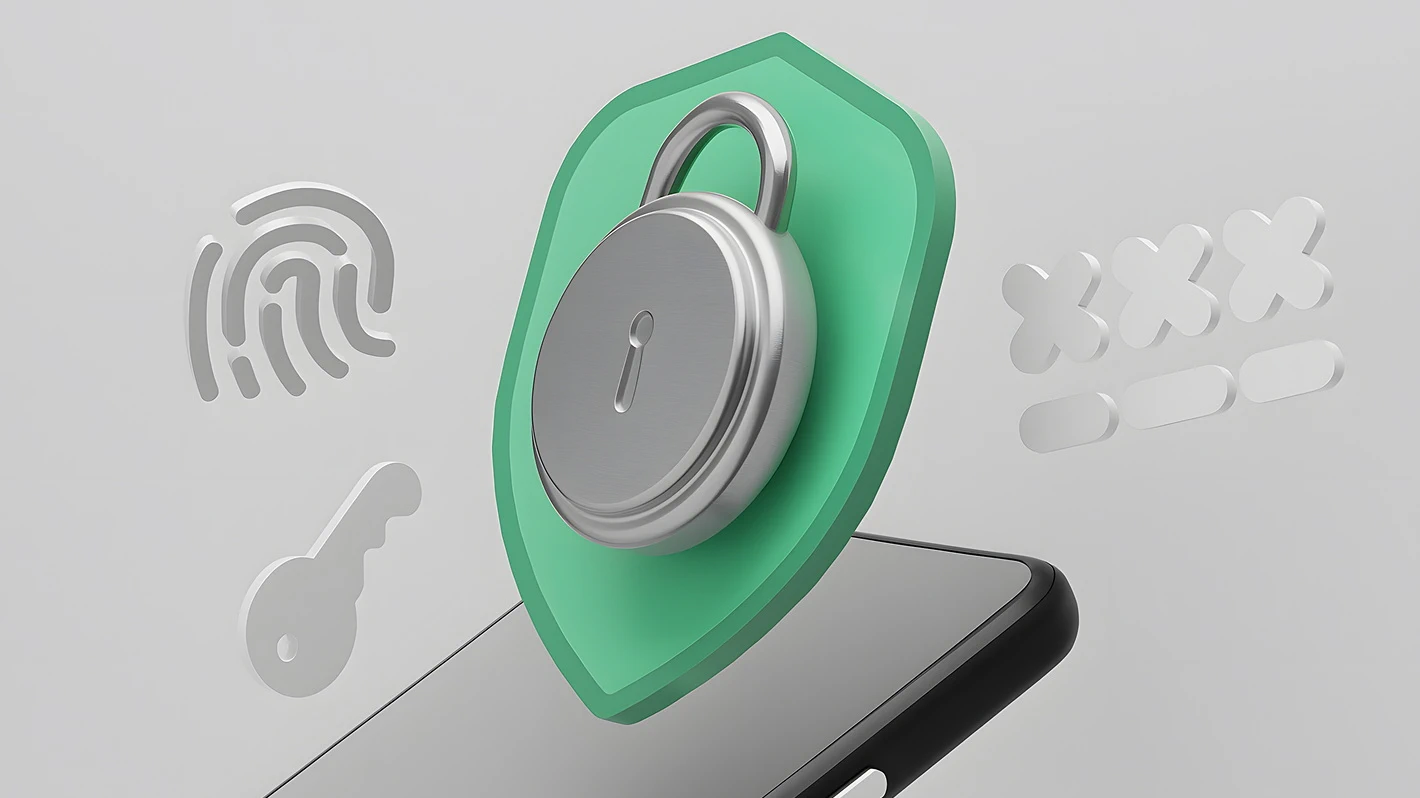COVID-19 has been one of the toughest challenges facing today’s healthcare professionals. When cases rose, many hospitals and clinics needed to adapt their practices quickly to keep patients and providers safe.
As a result, some providers adopted telehealth solutions to reduce the number of people who needed to receive in-person care and lower traffic volumes. While many telehealth visits involved real-time communications via video or phone, patients and providers could also keep in touch asynchronously. This hybrid telehealth approach offered people more access to the care they needed.
Will hybrid telehealth continue during the post-pandemic era? All signs point to yes. But knowing how telehealthcare works and how it relates to healthtech can help fuel new investments and innovations in hybrid telehealth.
What Is Hybrid Telehealthcare?
Hybrid telehealth combines both real-time and asynchronous communications between physicians and patients. It’s a way for patients to receive medical treatment without always needing to be face-to-face with a physician. Telehealth uses video chats, phone calls, emails, and texts to provide care.
Although hybrid telehealth is still in its early stages, telehealth isn’t entirely new. In fact, telehealth has been around since the early 1900s. But it wasn’t until the 21st century that we saw a spike in its usage. According to the Centers for Disease Control and Prevention (CDC), there were more than 4.5 million telehealth visits in 2016 alone. CDC data also shows that most telehealth patients in 2019 (66%) and 2020 (69%) were adults between 18 and 49.
How Does Hybrid Telehealth Work?
Hybrid telehealthcare works well in various doctor-patient situations. It can extend the hours of operation for a clinic by enabling physicians to see patients from home or another remote location. And it can address practitioner shortages in rural areas by allowing patients to receive checkups virtually.
Imagine this scenario: A patient in a rural town needs monthly check-ins with a specialist in a city two hours away. Unfortunately, the patient’s home internet is limited, so video visits aren’t possible. The patient may use a combination of phone calls and asynchronous check-ins to stay in touch with the specialist. Another option may be a telemedicine kiosk located in a local doctor’s office that lets the patient have video visits. With a hybrid approach that uses multiple technologies, the patient can get needed care while reducing travel to the specialist’s practice.
What’s The Future of Hybrid Telehealthcare?
The next chapter in hybrid telehealth looks bright. Most adults had some experience with telehealth before the pandemic. What’s more, a study revealed that 36% of doctor visits were asynchronous at the start of the pandemic, which shows patients are receptive to hybrid telehealthcare.
As hybrid telehealth adoption climbs, more people in underserved areas can get the care they need. Today, 20% of Americans live in rural areas, but only 9% of physicians serve them. This presents a vast care shortage that needs prompt attention.
The good news is the healthcare industry and patients are embracing the telehealth shift. Some experts believe that by 2030, the telehealth industry will grow to $431 billion up from $40 billion in 2020.
How Does Hybrid Telehealthcare Relate to Healthtech?
Hybrid telehealthcare is all about providing remote health services to patients. Healthtech refers to the intersection of healthcare and technology. Some examples of healthtech include electronic health records (EHR) solutions, often sourced from an EHR vendor, wearables, home monitoring systems, smart pills, and even robots.
Hybrid telehealthcare and healthtech go hand in hand because telehealth relies on technology to get the job done. Patients transitioning to hybrid telehealth services will find the need for comprehensive electronic records systems even more pressing, making it essential to identify the best EHR for small practices. With advances in healthtech, it’s easier than ever to integrate telehealth with traditional care methods. Knowing which Electronic Health Records (EHR) system is suitable for your facility involves understanding key EHR selection criteria, as these tools must be reliable and adaptable to modern healthcare environments.With the right technologies, hybrid telehealthcare can become faster, safer, and more accessible to patients. It’ll make life simpler by providing patients with convenient ways to get their health questions answered. And it will offer doctors easy methods of communicating with their patients.
For hybrid telehealth to enjoy wide adoption and success, the healthcare industry must acknowledge and address specific, technology-related challenges:
- Privacy concerns. Patients may feel uncomfortable sharing personal information over the phone or through online systems. Additionally, they may worry about being recorded on camera or having their conversations monitored. Using secure solutions and being transparent about what data is shared and why is vital to earning patients’ trust.
- Technology. Some patients still don’t understand how to effectively communicate using digital tools or they may lack reliable internet access or technology. This can make it harder to share information and diagnostics virtually.
- Lack of experience. Providers who never used telehealth often find themselves struggling to adapt to its unique features. As a result, they may take full advantage of the potential of telehealth. To counter this, healthcare professionals also need adequate training to handle new equipment and software.
What Support Can Help Healthtech Companies Scale?
Healthtech is on the rise, and venture capitalists are pouring money into the industry. According to Deloitte, venture funding for health tech innovators reached $14 billion in 2020, almost double the investments made during 2019.
Without question, this accelerated funding can fuel growth in healthtech. Here’s a look at some factors that can help healthtech organizations scale:
- Increased awareness of telehealth by consumers and payers
- Assistance from live virtual assistants for patient support
- More funding for research and development
- Support from federal agencies like the Centers for Medicare & Medicaid Services
- Better education about how to use technology effectively
- Improved data collection methods
- The ability to easily integrate with existing systems
- Improved interoperability standards
- Better integration of telehealth solutions into existing EHRs
- More robust partnerships between hospitals and insurers
- Greater availability of affordable hardware and software
As time goes on, healthtech innovators can remove many of these roadblocks. The pace of technology adoption is not going to slow down, so the healthcare industry must collaborate with technology experts to propel healthtech forward.
The Future of Hybrid Telehealthcare is Now
Telehealth isn’t new, but its popularity is growing rapidly. In recent years, the COVID-19 pandemic played a major role in driving patients away from shared spaces, such as clinics and doctors’ offices—and telehealth offered an ideal solution. However, there are still challenges facing the virtual health industry.
By adopting hybrid telehealthcare, doctors can keep providing services to patients even if patients cannot always attend in-person visits. This is possible by combining traditional face-to-face visits with video conferencing, calls, texts, messaging, and remote monitoring. Hybrid telehealthcare doesn’t just help physicians be more efficient, it gives patients more control over where they receive treatment and when.
The convenience, cost-savings, and life-saving capabilities of hybrid telehealth are just too prominent to ignore. If you’re a healthtech solutions provider and need to grow your customer support team, we can help. Contact the experts at Helpware to learn more.











